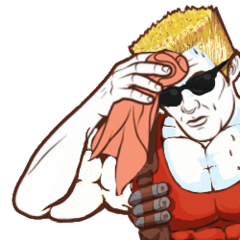Texture mapping
-
Featured Topics
-
Topics
-
0
-
me255 ·
Posted in New Builds and Planning4 -
0
-
0
-
Alienized ·
Posted in New Builds and Planning7 -
kasdashd ·
Posted in Folding@home, Boinc, and Coin Mining1 -
2
-
remo233 ·
Posted in New Builds and Planning4 -
ALBORLIN ·
Posted in Servers, NAS, and Home Lab0 -
2
-


.png.255947720031a641abdac78e663b681c.png)














Create an account or sign in to comment
You need to be a member in order to leave a comment
Create an account
Sign up for a new account in our community. It's easy!
Register a new accountSign in
Already have an account? Sign in here.
Sign In Now